
Names on the buses
915 Dr William Parker
915 Dr William Parker
Names on the buses
Connections with Brighton and Hove : As Medical Officer for Health, Dr William Parker was one of the best known and most respected men in Brighton. He came to Brighton in 1949 from Cromer as deputy and was appointed as chief Medical Officer in 1951. Dr Parker used his considerable experience of smallpox gained during ten years in the Royal and Merchant Navies to deal successfully in late 1950 and early 1951 with an outbreak in the town. In the Fifties, Dr Parker and his staff also had to deal with several outbreaks of polio and worked long hours in a bid to contain the disease. He pioneered cervical cytology for women in 1965 and had it run by a charity. Later the NHS adopted these checks throughout the country. Dr Parker was particularly concerned about lung cancer and once had almost 150 coffin-shaped ashtrays made, one for each person who had died from the disease in the last year. With Dr Douglas Chamberlain, he launched heart ambulances in 1969 as a pilot scheme for Britain. Each ambulance had machines to resuscitate people with heart failure and highly trained staff to operate them. By 1972 he was proud to report Brighton as the safest town in which to have a heart attack. Once again, the scheme was adopted nationally. Dr Parker was in charge of a large staff including health visitors, midwives, environmental health officers, school doctors and nursed, and chiropodists. He retired in 1977 and died in 2000, leaving a widow and two sons.
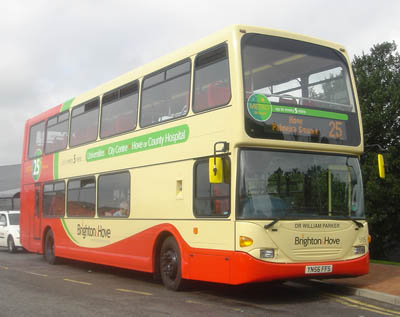
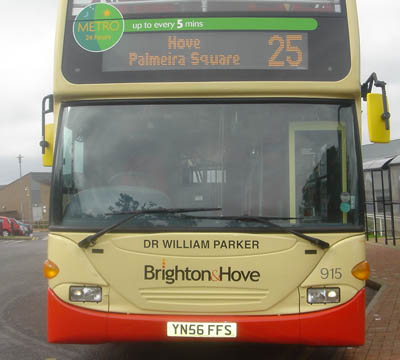

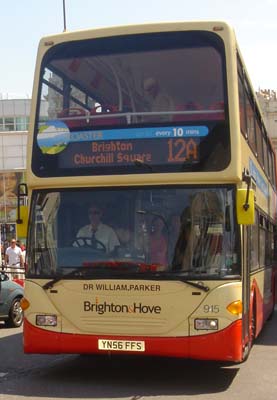

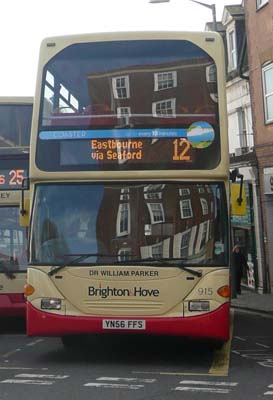

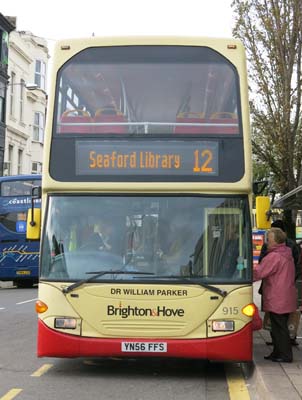
915 Scania Omnidekka - carried name since delivery in September 2006 in Metro 25 livery. Changed to Coaster 12 livery May 2008. Repainted into revised Coaster livery November 2011. Coaster branding removed November 2014. Bus sold in May 2018.